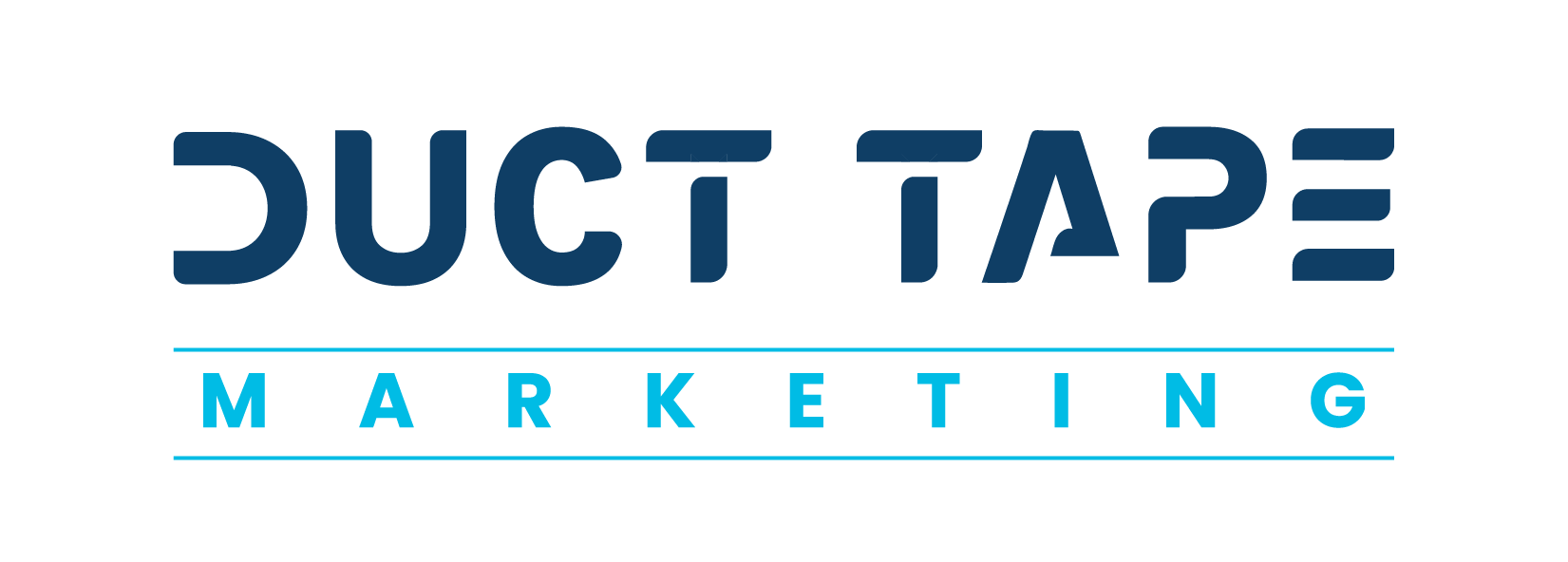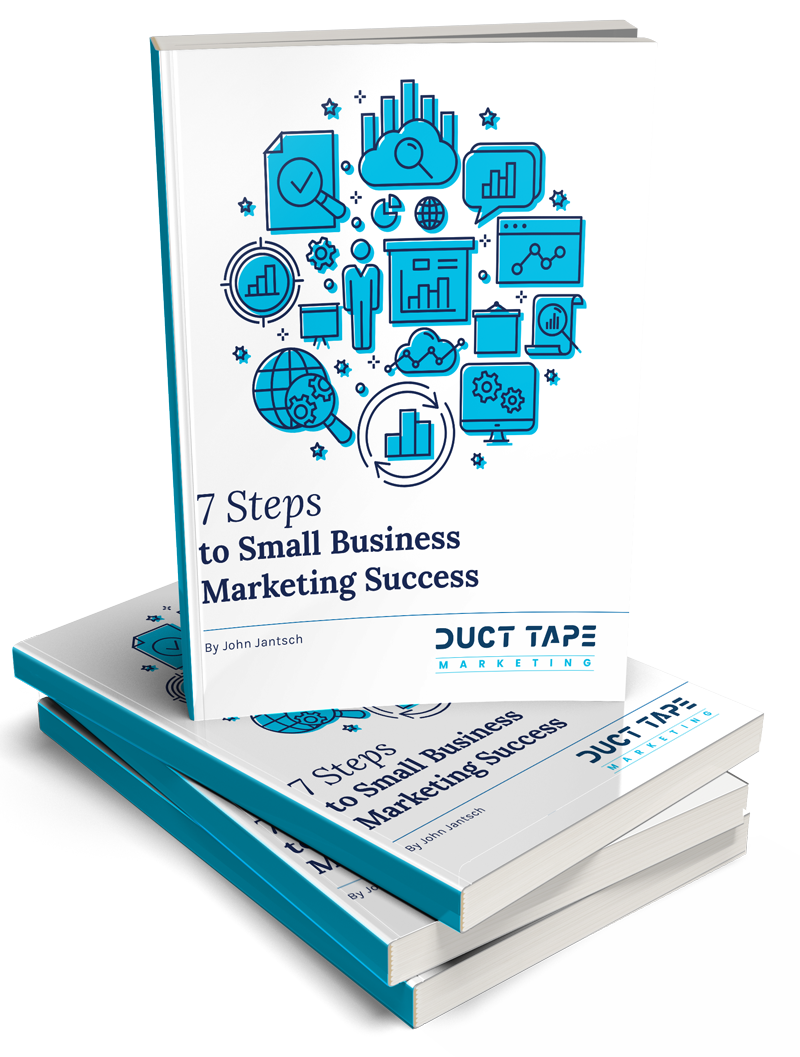This post is brought to you by Design Rush. The role of a great website includes responsiveness and speed. That can be quite difficult to achieve so getting help is always an option. One of the best web design companies in New York can help you with more complex things on your website.
Today’s customer journey is more complex than ever. From social media to paid search to offline marketing, there are dozens of ways someone can discover your company. The main role of your website in this twisting journey is to be a solid central point.
While prospects may discover your brand anywhere, you want to be driving that traffic from those disparate points back to your website. Your website is the one online asset that you have complete control over, and a well-designed website is the key to taking the reins on guiding the customer journey.
Let me walk you through the role that your website can and should play at each stage of the customer journey.
Know and Like
Prospects discover brands through all sorts of channels, and it’s entirely possible that your website is not the first place they’ll encounter you. It might be through a local listing service like Yelp, or on social media, or maybe they see a truck with your logo driving around town—who knows! But every other channel where you are present should include your website’s URL, so that it’s easy for prospects to go there and learn more.
Additionally, there are steps you can take to give your website the best shot at being the first point of contact with your brand. Undertaking keyword research allows you to see the real terms that searchers use when looking for the solution your business offers. Once you know that information, you can optimize your website so that it ranks for those terms. Couple keyword research with some effective, descriptive metadata, and you’ll be well on your way to generating more website traffic through organic search results.
Once prospects land on your website, you want to greet them with messaging and design that helps them come to further know and like your brand. Your homepage should include a promise to visitors, front and center. The promise should demonstrate that you understand their pain points and know how to solve them. Follow that up with a call to action; something that drives them to take a logical next step with your brand. This can be something like signing up for your newsletter or a free trial—nothing that includes too big a commitment. They did just meet you, after all! You wouldn’t ask someone to marry you at the end of your first date.
There are a number of other elements I recommend including on a homepage, but what’s most important is that you share what it is that you solve for your customers and how you can help others solve those same problems, too.
Trust and Try
Once a prospect has your brand on their radar screen, your website can help to strengthen their trust in you, until they finally decide to give you a try.
There are many trust-building elements that you can and should include in your website. Testimonials and case studies are a great way to demonstrate the value you’ve brought to other customers. They help to build an emotional connection with the prospect, who can see themselves reflected in the needs and struggles of your existing customer.
Content is also a critical element in building trust. Blogs, podcasts, and videos are all ways to share meaningful content with your audience. Your website should be the central location where all of your content lives, so that anyone interested in learning more about what you do can discover the wealth of knowledge you bring to the table. I also strongly advocate for the creation of hub pages. These pages bring all of your content on a centralized topic together on one page. They establish you as an authority on the subject (and they’re great for boosting your SEO, too!).
Once those trust elements have won over your audience and they’re ready to give you a try, you want to greet them with an appropriate call to action (CTA) that guides them to the next phase of the customer journey. Include relevant CTAs on your trust-building pages. At the bottom of your hub page, offer free access to a paid report. At the bottom of your testimonials page, include a CTA to schedule a free consultation.
Buy
You’ve reached the moment of truth! Your prospect is ready to become a first-time customer, and it’s again up to your website to help you make it happen.
At this stage, it’s about reducing friction in the purchasing process as much as possible, to ensure that you don’t lose any interested prospects at the last minute because of a frustratingly complex purchasing process. If you have an e-commerce shop, reduce the number of clicks it takes to add items to a cart and to complete check-out. Ask for as little information as possible to complete the sale. When customers feel bogged down with long forms or a circuitous route to check-out, it’s possible you can lose them at the moment of truth.
If yours is a service business, create a simple online sign-up form, so that prospects can easily make an appointment. Use a platform that doesn’t require them to register for an outside app or service to schedule. And including thoughtful touches, like a system that automatically adds the confirmed appointment to your customer’s calendar app of choice, is a nice way to make the buying process as seamless as possible.
Repeat and Refer
Once you’ve won over a new customer, your website’s work isn’t over! There are opportunities to turn that one-time customer into a lifelong one—someone who refers friends and family along the way.
A well-designed sitemap can help to encourage repeat purchases. When you’re building your website, think about the best way to showcase related product and services. Driving customers who have already made a purchase to another area of your website that covers a complementary offering is a smart way to drive upsells and repeat business. A CRM tool that’s synced up with your website is also a great way to keep track of past purchases so that you can use email marketing to send related offerings to interested customers straight to their inbox.
Your website can help you to collect feedback and reviews, which can in turn generate referral business. Through your site, you can link out to your profiles on Yelp, Google My Business, and Facebook, making it easy for your existing happy customers to share positive feedback about your business on these other platforms. You can also solicit testimonials from your existing customers, which you can feature on your website.
Your website is the heart of your online presence. It needs to be ready to work for you and your customers at any stage along their journey. Whether they’ve just discovered you via a new search or are coming back to make their 100th purchase, your website should make it easy for them to find all of the information and support they need.
If you liked this post, check out our Small Business Guide to Website Design and the Small Business Guide to Shaping the Customer Journey.



